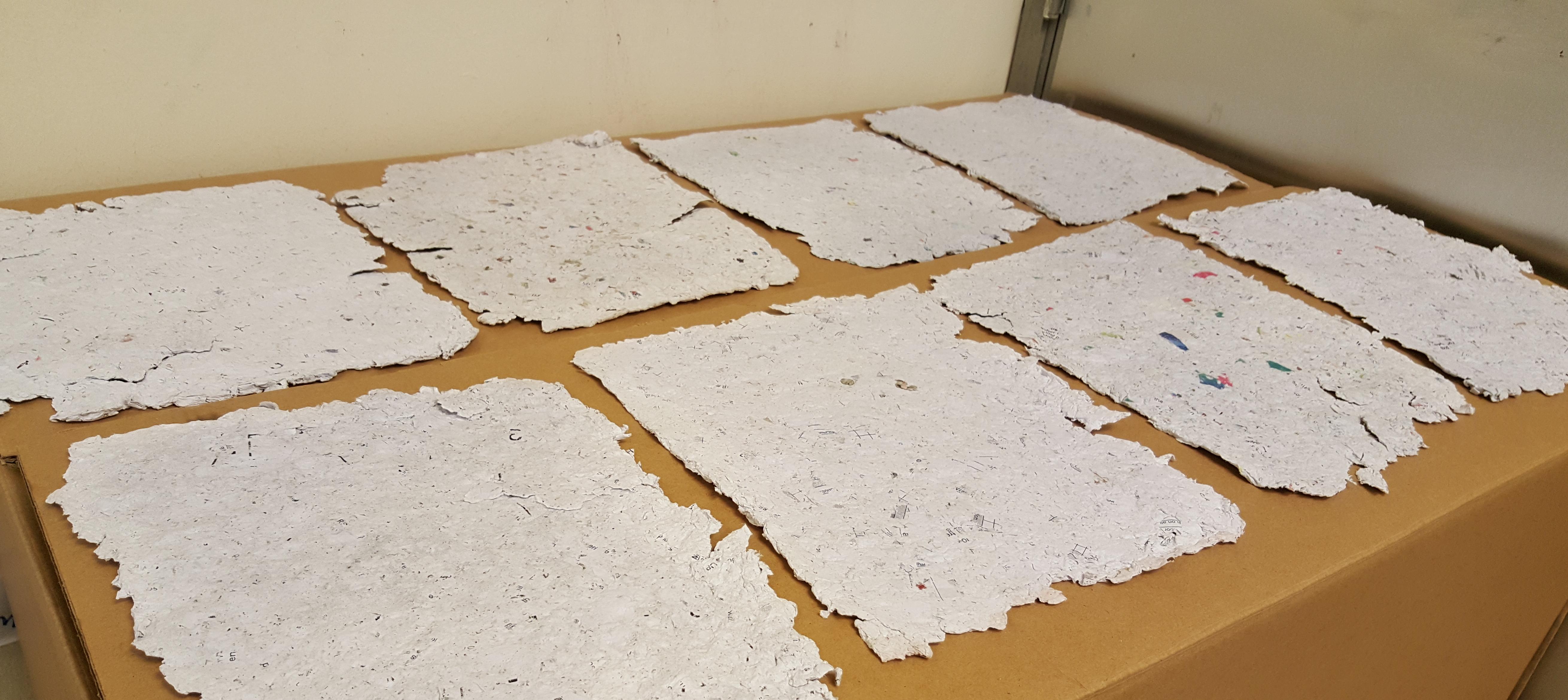

Articles
How To Make Seed Paper Without A Blender
Modified: February 28, 2024
Learn how to make seed paper without a blender and create eco-friendly articles with this easy step-by-step guide. Perfect for DIY enthusiasts!
(Many of the links in this article redirect to a specific reviewed product. Your purchase of these products through affiliate links helps to generate commission for Storables.com, at no extra cost. Learn more)
Introduction
Welcome to the world of seed paper! If you’re looking for a fun and eco-friendly way to make use of old paper and give new life to it, then this article is for you. In this step-by-step guide, we’ll show you how to make seed paper without a blender. Seed paper is a type of handmade paper embedded with seeds that can be planted, making it a unique and sustainable alternative to regular paper.
Seed paper is not only a creative craft project, but it also serves as a meaningful gift or favor for various occasions like weddings, baby showers, or even as a promotional item for businesses. By making your own seed paper, you have full control over the types of seeds you want to embed and the design of the paper itself.
The best part is that you don’t need a blender to make seed paper! In this tutorial, we’ll guide you through the process using easily accessible materials and simple techniques. So, gather your supplies and let’s get started on this exciting journey of making seed paper without a blender!
Key Takeaways:
- Transform old paper into eco-friendly seed paper without a blender. Create unique, sustainable gifts and favors while promoting local biodiversity with simple materials and techniques.
- Embrace creativity and sustainability by repurposing seed paper for greeting cards, gift tags, wedding favors, and educational tools. Spread awareness and make a positive impact on the environment.
Read more: How To Make Seed Paper Without A Screen
Materials Needed
Before diving into the process of making seed paper without a blender, gather the following materials:
- Scrap Paper: Collect old newspapers, scrap paper, or any other paper materials you have lying around. Avoid using glossy or coated paper, as it may not break down easily.
- Water: You’ll need water to soak the paper and create the pulp.
- Seeds: Choose seeds that are suitable for the environment and growing conditions in your area. Opt for native wildflowers, herbs, or vegetables to promote local biodiversity.
- Pan or Basin: Find a deep pan or basin that is large enough to hold the paper pulp mixture.
- Fine Mesh Screens: These will be used to drain and press the water from the paper pulp. Look for screens with smaller openings to prevent the seeds from escaping.
- Cardboard or Thick Fabric: You’ll need a sturdy material to press and dry the seed paper sheets.
- Towels or Sponges: Keep towels or sponges handy to absorb excess water and aid in drying.
- Weights or Heavy Books: These are needed to press the seed paper and help it dry flat and evenly.
- Optional: Natural dyes or pigments, if you want to add color to your seed paper.
Once you have gathered all the necessary materials, you’re ready to embark on your seed paper-making adventure!
Step 1: Shredding the Paper
The first step in making seed paper without a blender is to shred the paper into small pieces. This will help in the pulping process and create a smoother texture for your seed paper. Here’s how to do it:
- Start by tearing the scrap paper into smaller sections. Remove any staples or tape as these cannot be pulped.
- Take one section of the paper and tear it into even smaller pieces, about 1-2 inches in size. The smaller the pieces, the easier they will be to blend later.
- Continue tearing and shredding the paper until you have a decent amount to work with. Aim for at least 2 cups of shredded paper for a small batch.
Remember to work in batches to avoid overloading the pan or basin later on. Shredding the paper by hand may take some time and effort, but it’s a great way to recycle and repurpose old paper without the need for expensive equipment.
Once you have shredded enough paper, move on to the next step to prepare the seed mix.
Step 2: Preparing the Seed Mix
Now that you have the shredded paper ready, it’s time to prepare the seed mix. The seed mix is what will be embedded into the seed paper, so choose a combination of seeds that you want to plant later. Here’s how to prepare the seed mix:
- Decide on the types of seeds you want to include in your seed paper. Consider using a variety of wildflowers, herbs, or even vegetable seeds. Choose seeds that are suitable for your climate and growing conditions.
- In a small bowl, mix the seeds together thoroughly. This will ensure that the seeds are evenly distributed throughout the paper.
- You can also add a pinch of sand or other natural materials to help with the even dispersion of the seeds.
Remember, the seed mix is what will determine the future growth of the plants, so choose your seeds carefully. Use seeds that are fresh and viable for better chances of germination.
With the seed mix prepared, you’re now ready to move on to the next step of mixing the paper and seeds.
To make seed paper without a blender, use a mortar and pestle to break down the paper into small pieces. Then mix in the seeds and spread the mixture onto a screen to dry.
Step 3: Mixing the Paper and Seeds
Now that you have your shredded paper and seed mix ready, it’s time to mix them together to create the seed paper pulp. This step is crucial as it ensures that the seeds are evenly dispersed throughout the paper. Follow these steps to mix the paper and seeds:
- Fill a pan or basin with water, leaving some space for the shredded paper to be added.
- Add the shredded paper to the water and let it soak for about 30 minutes. This will soften the paper fibers.
- Using your hands, stir and mix the paper and water until you have a pulp-like consistency. Make sure all the paper is well saturated and broken down.
- Once the paper is pulpy, add the seed mix to the mixture and gently stir to distribute the seeds evenly. Be careful not to over-stir as it may damage the seeds.
At this stage, you can also add natural dyes or pigments if you want to incorporate color into your seed paper. Simply mix the desired amount of natural dye into the pulp mixture and stir until evenly colored.
Now that the paper and seeds are well mixed, it’s time to move on to pressing and drying the seed paper. This step is crucial to ensure the proper formation and strength of the paper sheets.
Read more: How To Make Seed Paper
Step 4: Pressing and Drying the Seed Paper
After mixing the paper and seeds, it’s time to press and dry your seed paper. This step will remove excess water and help the paper sheets hold their shape. Follow these steps to press and dry the seed paper:
- Prepare your workspace by laying down towels or sponges to absorb water and protect surfaces.
- Place a fine mesh screen over the basin or pan to strain the paper pulp and separate it from the water.
- Gently pour the pulp mixture onto the screen, spreading it evenly. Use your hands or a spatula to press the pulp down and remove any air bubbles.
- Once the pulp is evenly spread, gently lift the screen, allowing excess water to drain back into the basin or pan.
- Transfer the seed paper sheet onto a piece of cardboard or thick fabric. Use your hands or a sponge to absorb any remaining water from the paper.
- If you want to add more layers to your seed paper, repeat the steps above with additional pulp and seeds.
- Once you have your seed paper sheets ready, cover them with another piece of cardboard or fabric and place weights or heavy books on top to press them down.
- Leave the seed paper to dry for at least 24-48 hours. Check periodically to ensure the paper is drying evenly and doesn’t become moldy.
During the drying process, make sure to keep the seed paper away from direct sunlight and in a well-ventilated area. This will help prevent any damage to the seeds and ensure the paper dries properly.
Once the seed paper is completely dry, you can move on to the final step of cutting and using it for various purposes.
Step 5: Cutting and Using the Seed Paper
Now that your seed paper is dry, it’s time to cut it into the desired shapes and use it for various purposes. Follow these steps to cut and utilize your seed paper:
- Carefully remove the weights or heavy books from the dried seed paper sheets.
- Using a pair of scissors or a paper trimmer, cut the seed paper into your desired shapes and sizes. You can opt for traditional shapes like rectangles or squares, or get creative with custom shapes that match the theme or purpose.
- Consider using decorative scissors to add unique and intricate edges to your seed paper.
- Once the seed paper is cut, it’s ready to be used in a variety of ways. Here are a few ideas:
- Greeting Cards: Use the seed paper as a base for handmade greeting cards. Write a heartfelt message and gift the card, knowing that the recipient can plant it and watch it grow.
- Gift Tags: Cut small pieces of seed paper to use as gift tags. Attach them to presents and let the recipient know that the tag is not just for decoration — it can be planted too.
- Wedding Favors: Create unique wedding favors by packaging small seed paper sheets and giving them to guests. This eco-friendly gesture will leave a lasting impression.
- Plantable Confetti: Cut the seed paper into small, confetti-sized pieces and use them for wedding tosses or eco-friendly celebrations. The confetti will shower goodness as it grows into beautiful plants.
- Educational Tools: Use seed paper in educational settings to teach children about the importance of sustainability and plant life cycles.
Remember to include planting instructions with your seed paper creations, so the recipients know how to care for and grow the embedded seeds.
With your seed paper cut and ready, your creative and eco-friendly projects are now complete! Share and enjoy the beauty of your handmade seed paper, knowing that you’ve made a positive impact on the environment.
Conclusion
Congratulations! You have successfully learned how to make seed paper without a blender. By repurposing old paper and embedding seeds, you have created a unique and eco-friendly alternative to traditional paper. Not only is seed paper a creative craft project, but it also serves as a meaningful gift or favor for various occasions.
Throughout this process, you have seen how simple materials and techniques can transform waste paper into a sustainable and beautiful product. By choosing native seeds and incorporating them into your seed paper, you are promoting local biodiversity and contributing to the health of the environment.
Whether you choose to make greeting cards, gift tags, wedding favors, or educational tools, the possibilities for using your seed paper creations are endless. Each time someone plants the paper and watches it grow into beautiful plants, they will be reminded of your thoughtful and eco-friendly gesture.
Remember to explore different shapes, sizes, and even colors for your seed paper. Get creative and have fun with this eco-friendly project! Gather your friends and family for a seed paper-making session and spread awareness about the importance of sustainability.
So, go ahead and embark on your seed paper-making journey. Let your creativity bloom and make a positive impact on the world, one seed paper at a time.
Frequently Asked Questions about How To Make Seed Paper Without A Blender
Was this page helpful?
At Storables.com, we guarantee accurate and reliable information. Our content, validated by Expert Board Contributors, is crafted following stringent Editorial Policies. We're committed to providing you with well-researched, expert-backed insights for all your informational needs.

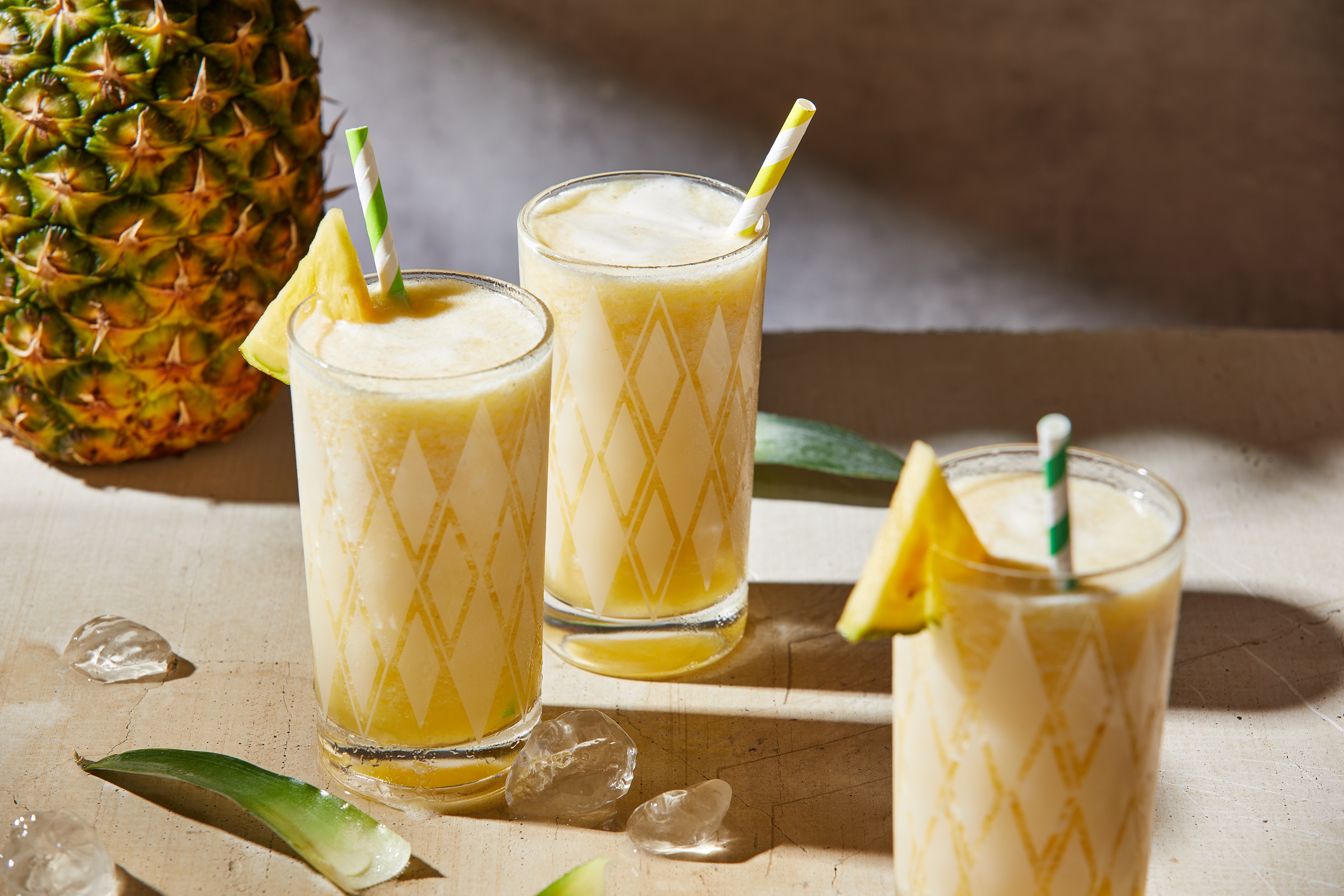
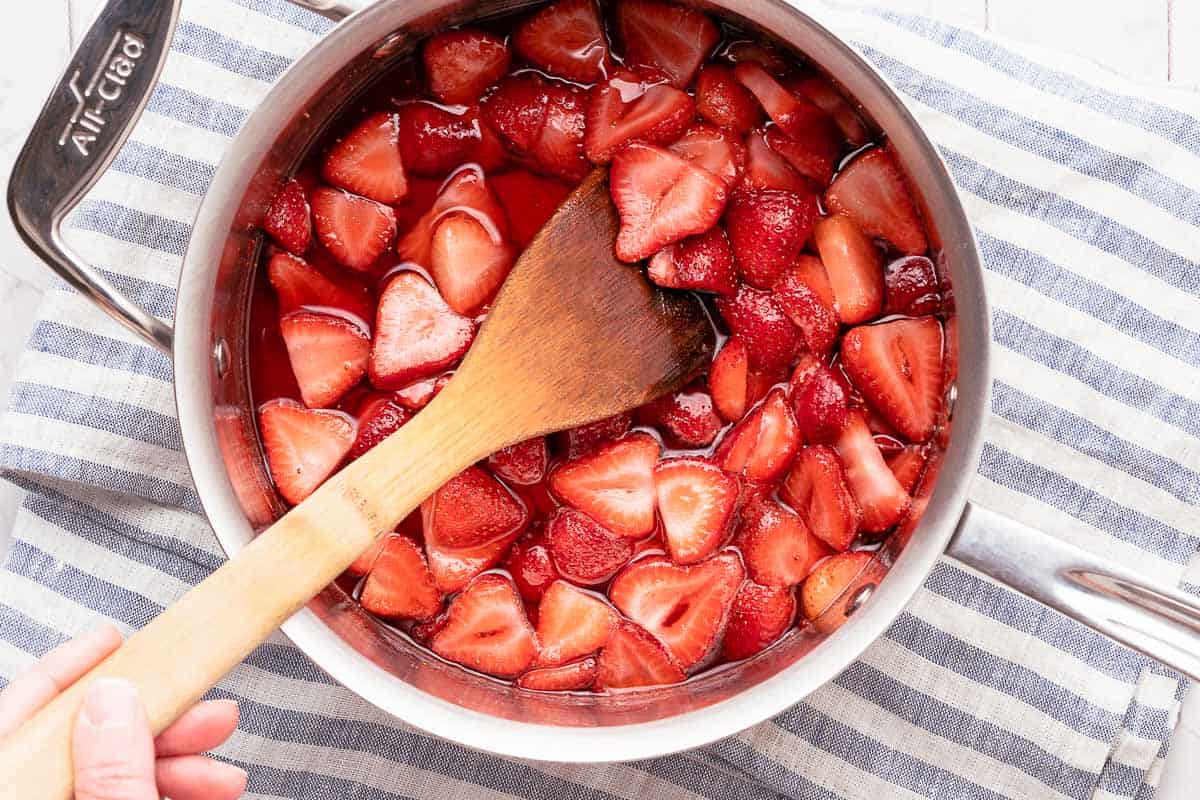
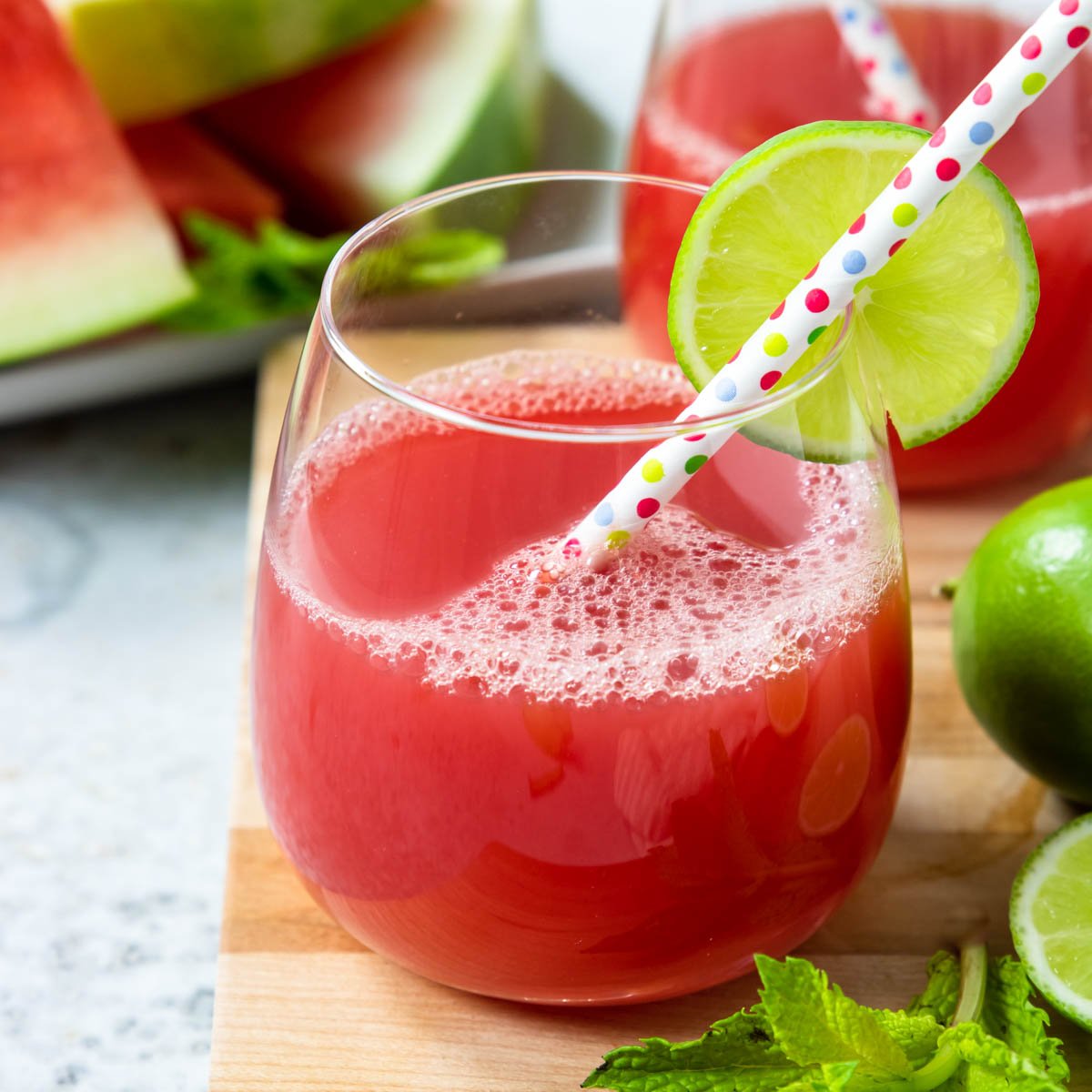
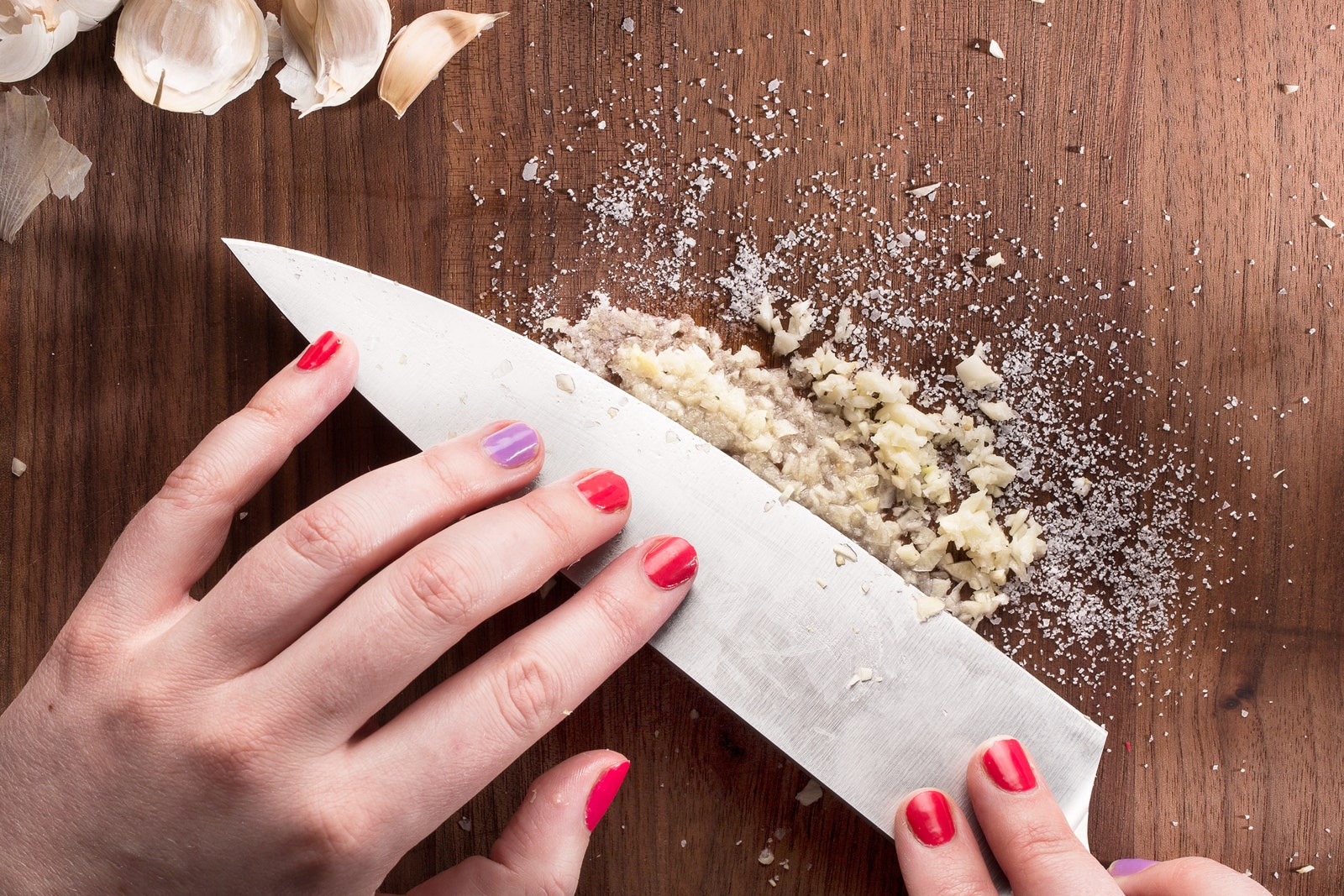

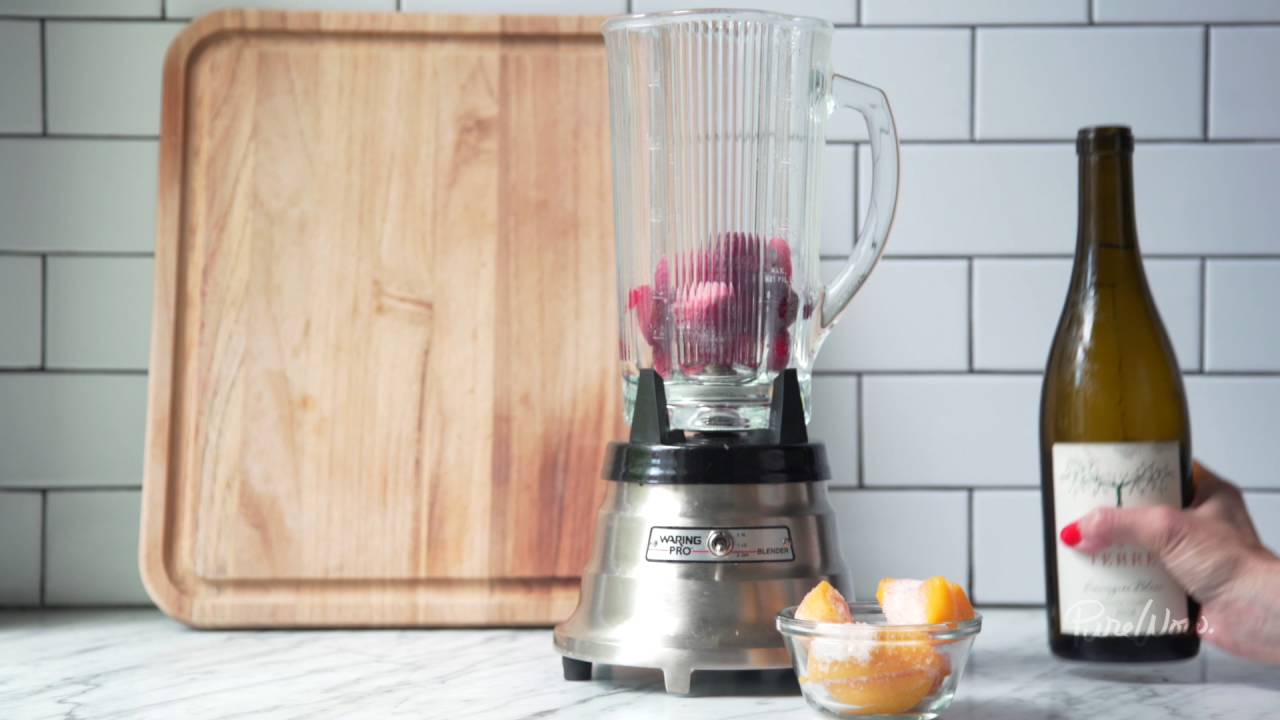
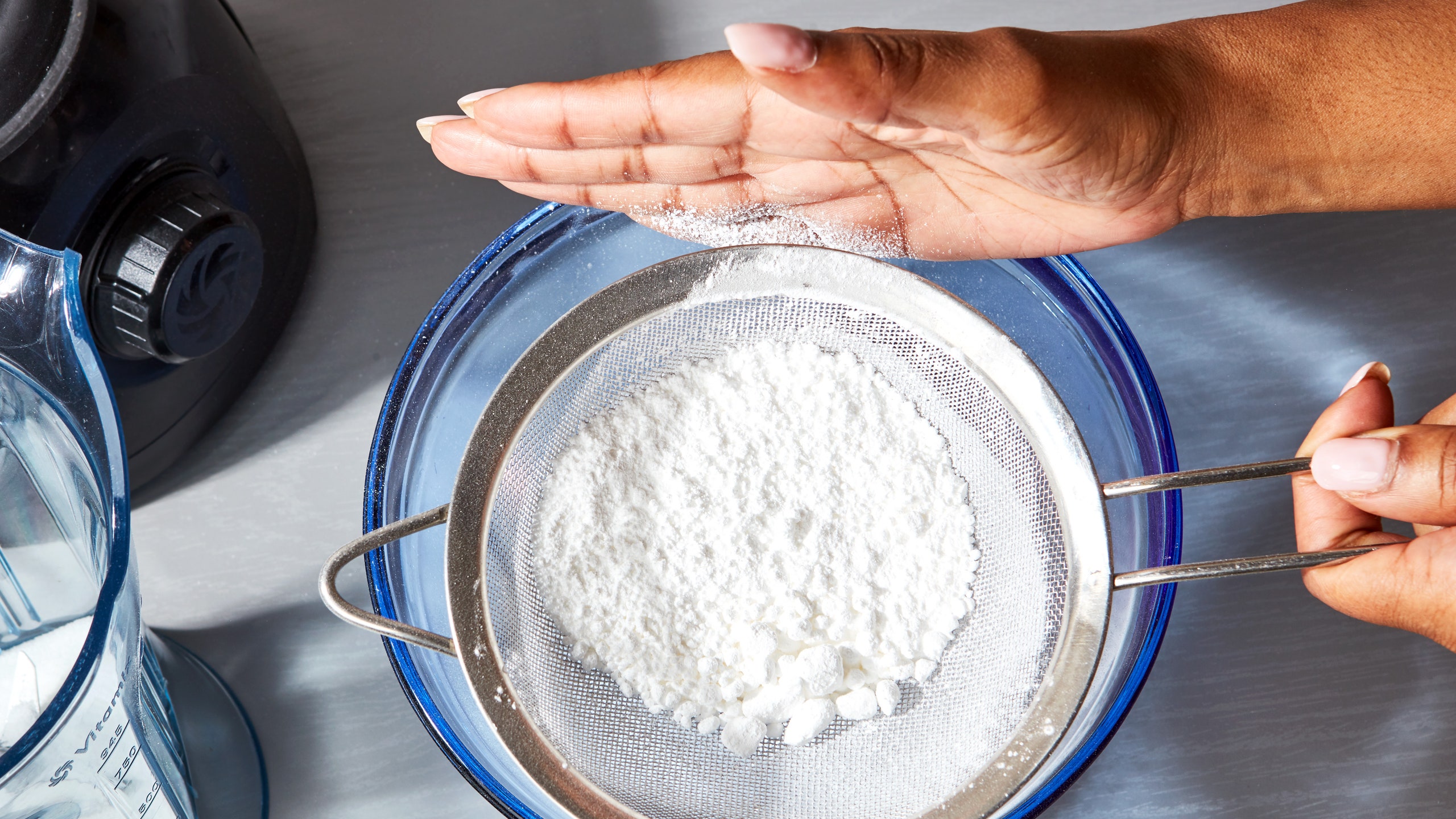
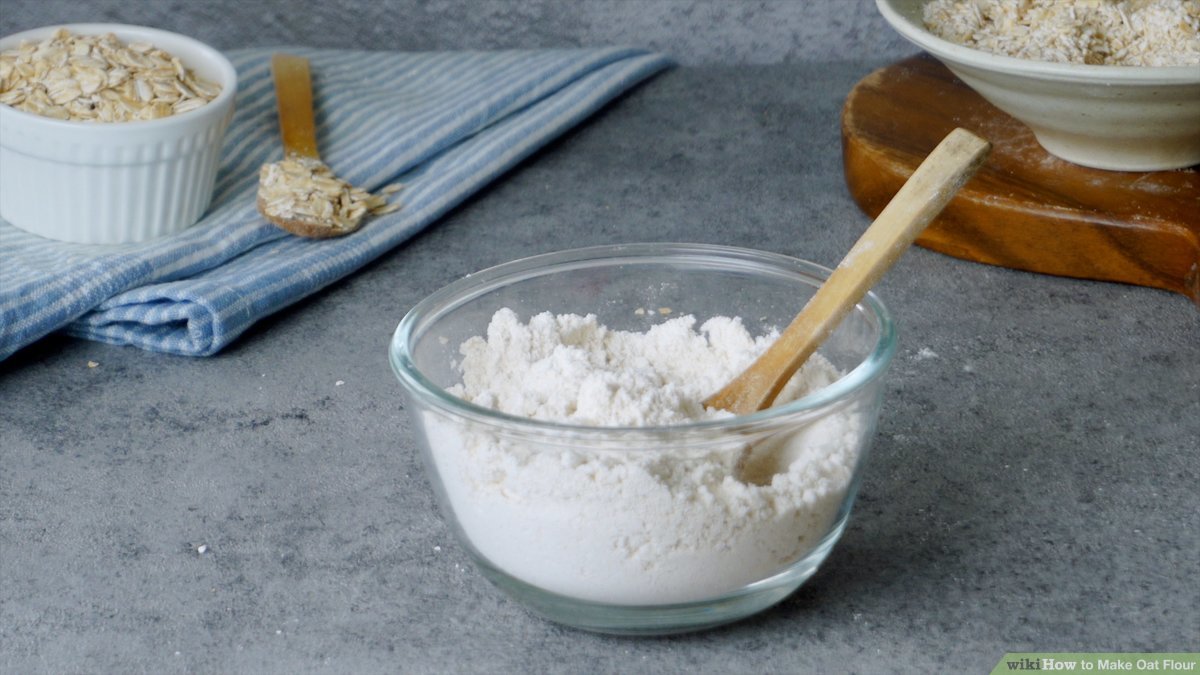
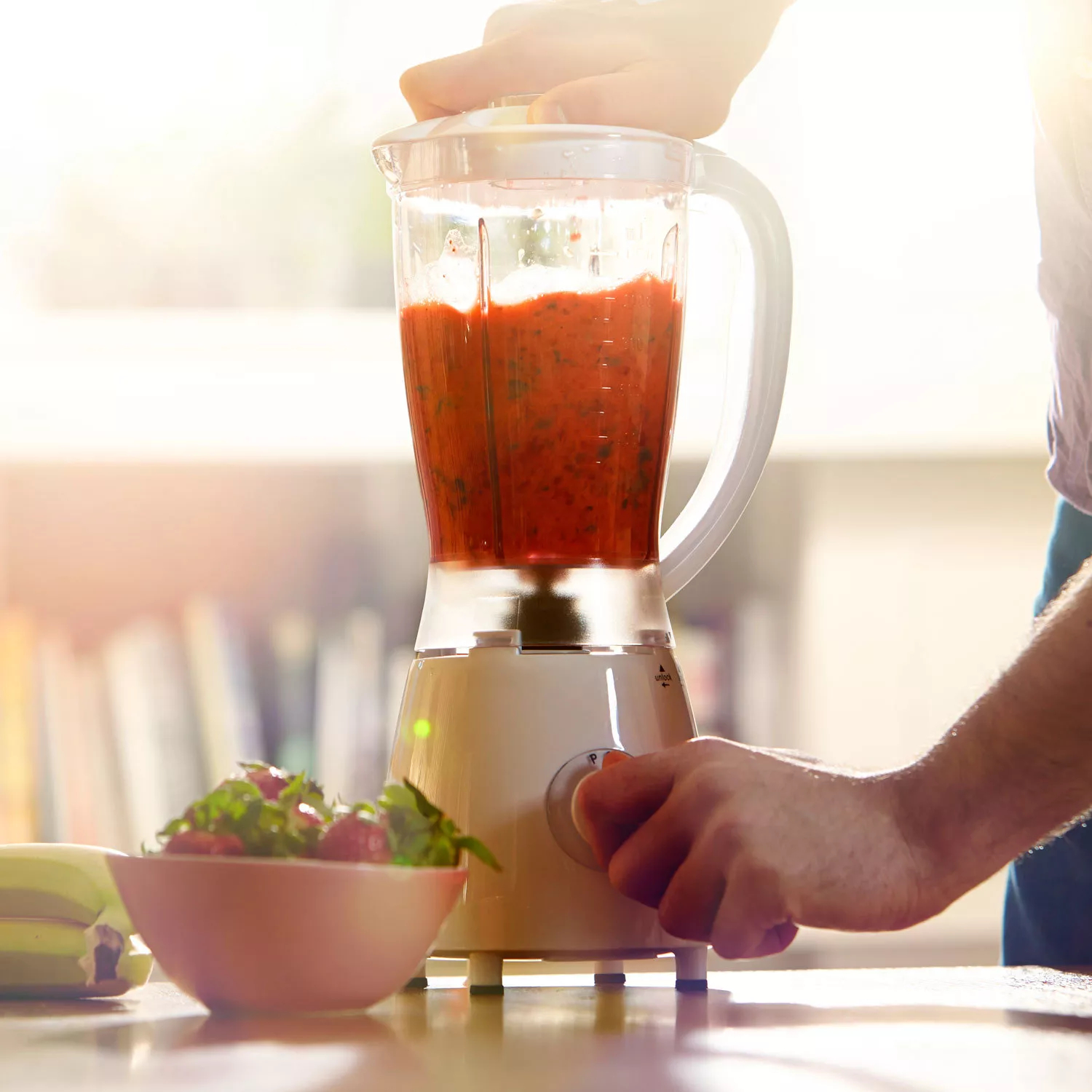
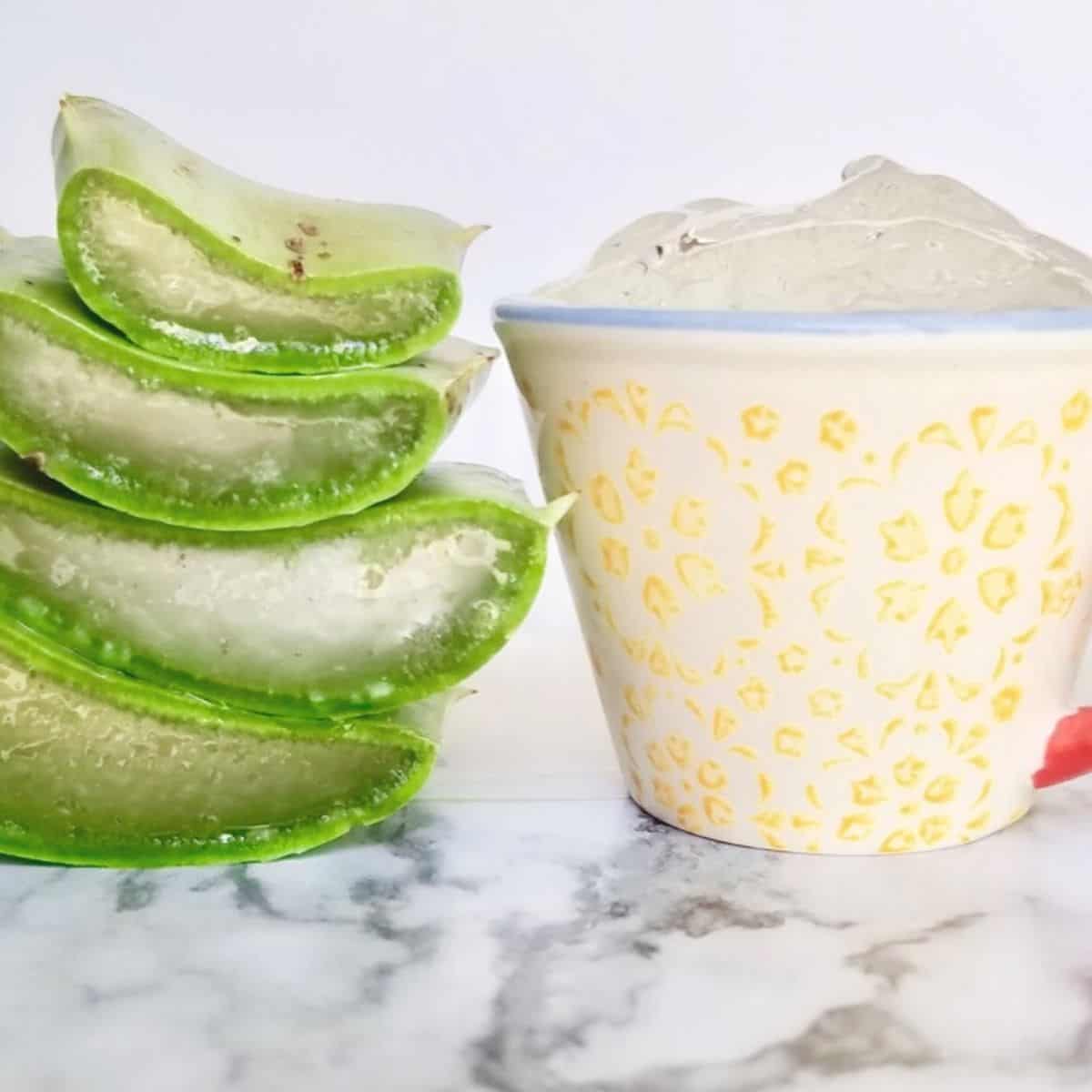
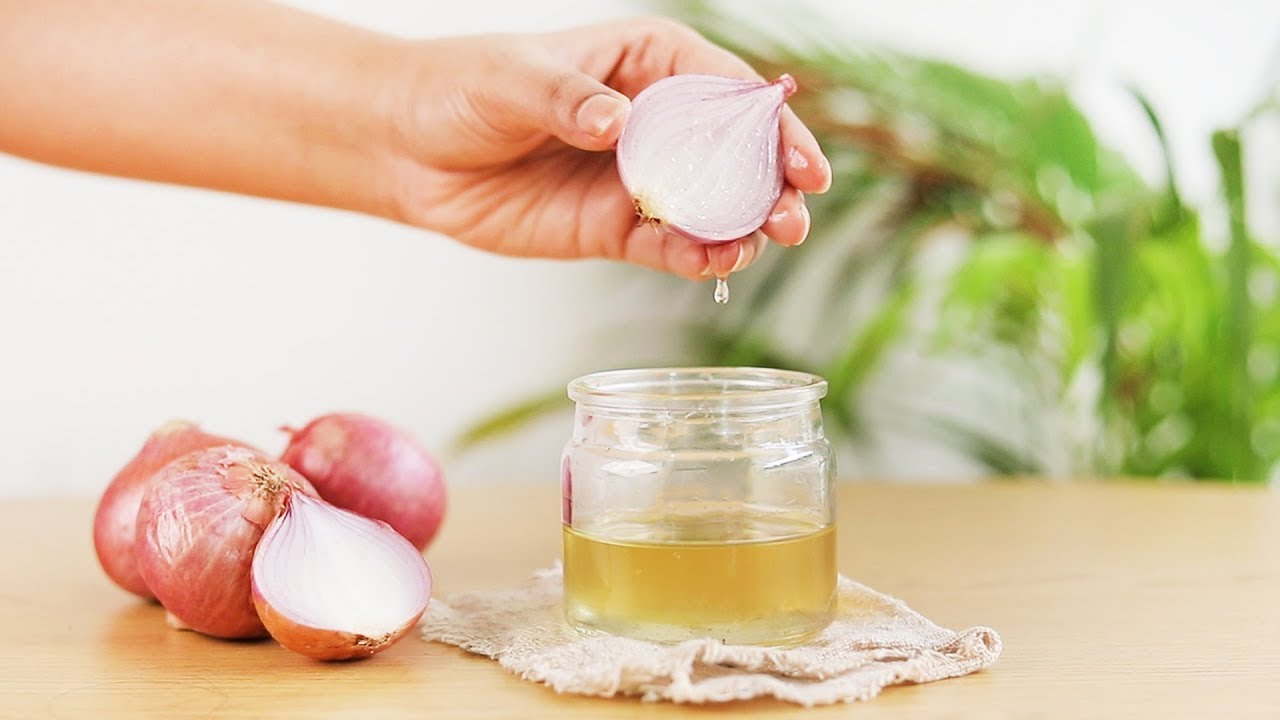
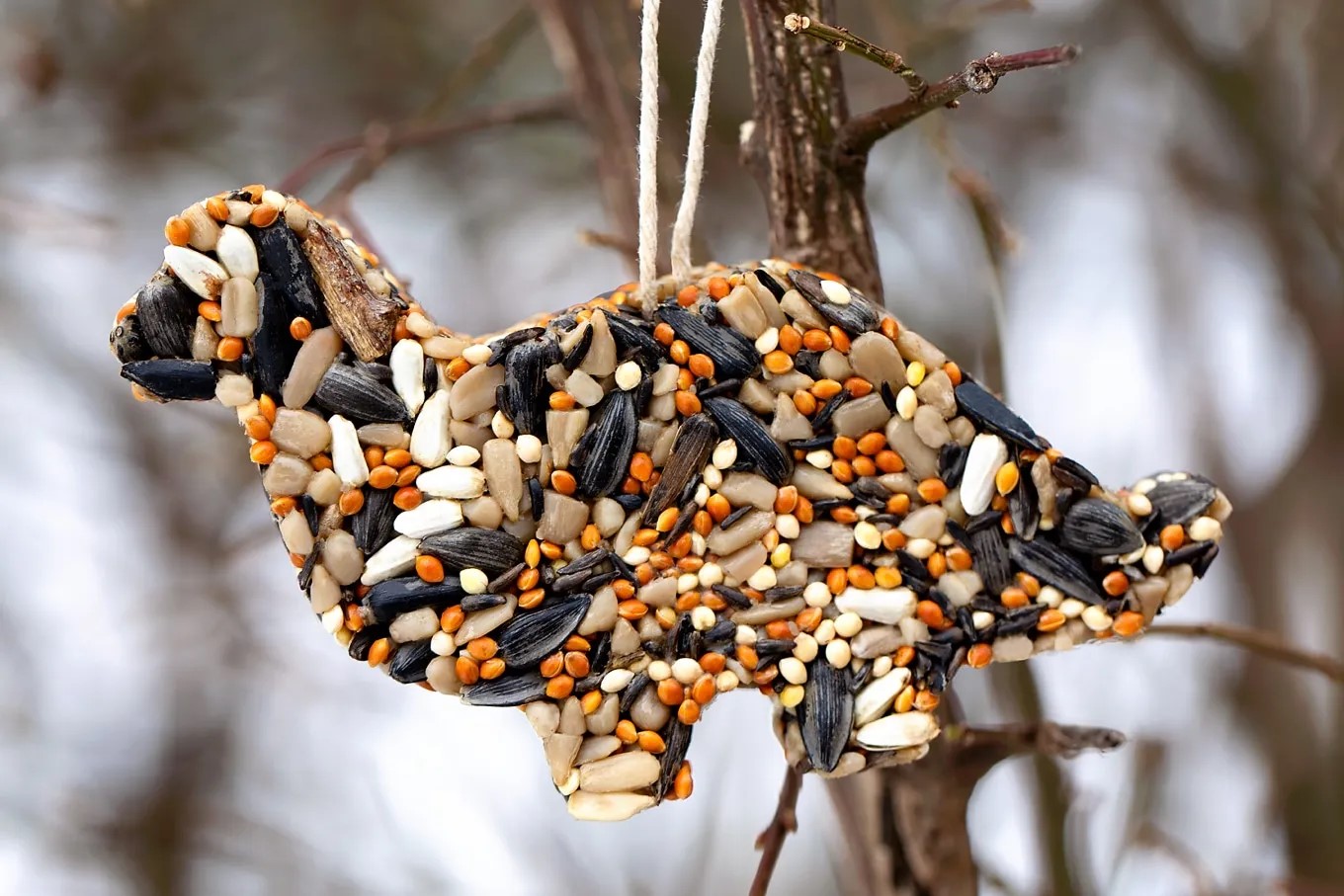
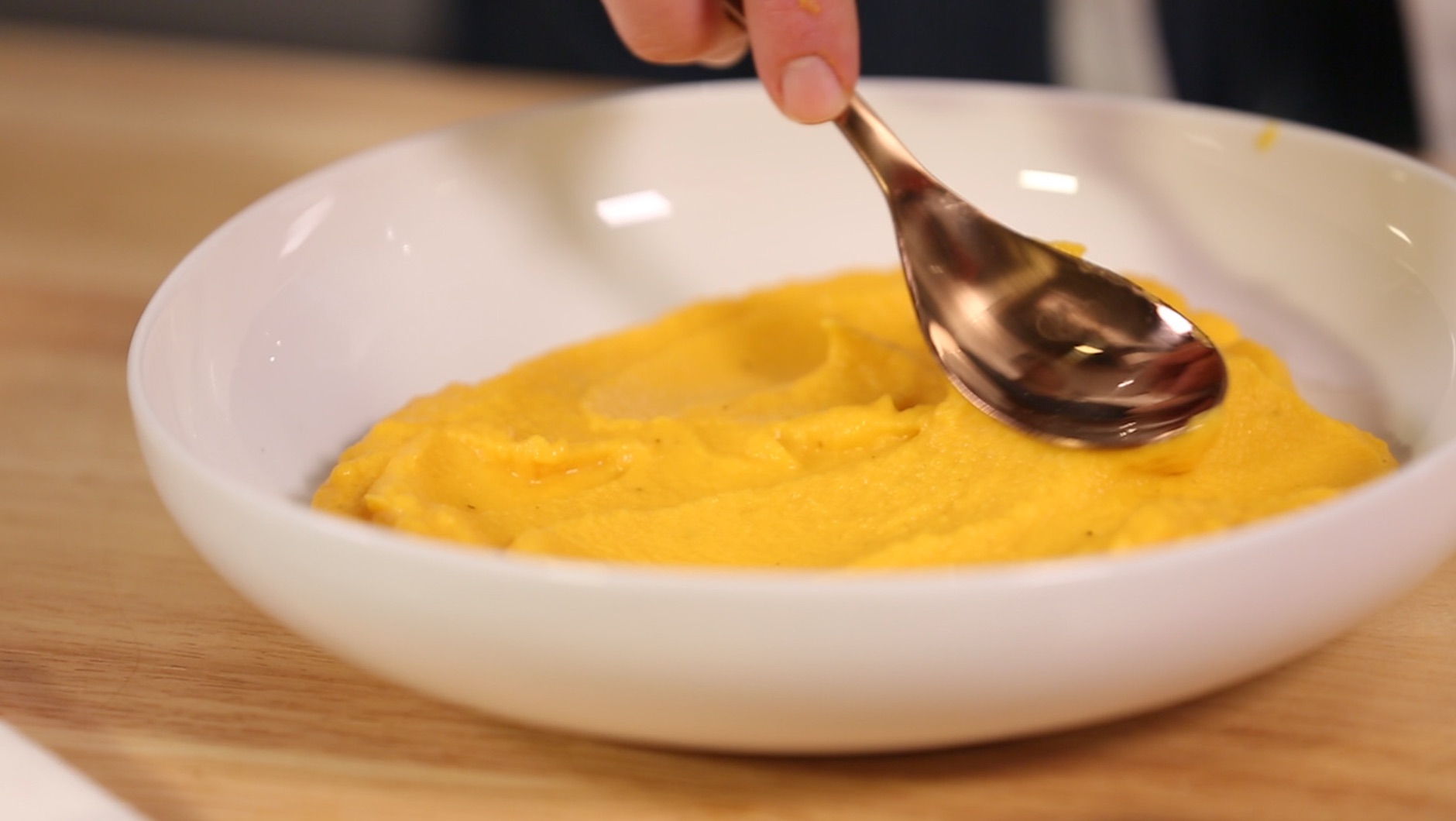

0 thoughts on “How To Make Seed Paper Without A Blender”